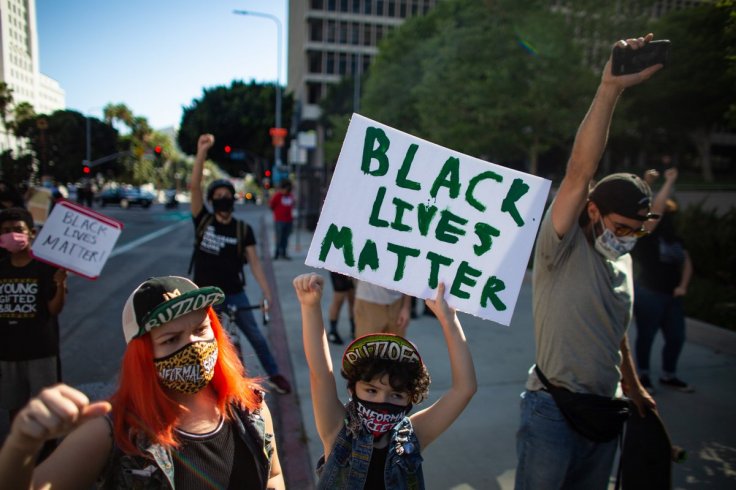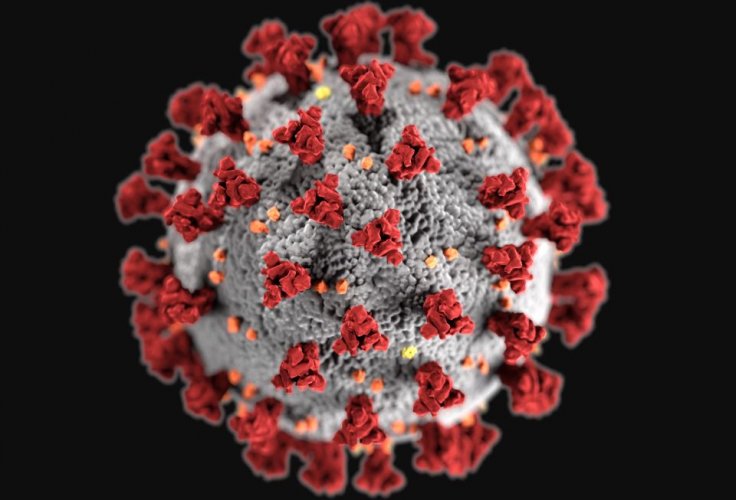As tens of thousands of people started protesting in the "Black Lives Matter" movement after the killing of George Floyd, worries about coronavirus spread gripped many. Six feet of social distancing was not seen in many places, triggering prediction about a new wave of COVID-19 infections.
However, New York City and State officials say that there was no such COVID-19 spike in cases observed. There were also no such sudden surges observed even in other cities where large demonstrations were held, including Minneapolis and Philadelphia, reports Slate.
Spikes which were observed in Texas, Arizona, Florida, and California coincided with the reopening of bars, restaurants, and other indoor spaces. This makes it hard to link the spike to the protests.

Health analysts were taken by surprise after this development. Hence they examined the data and video footage and concluded that a significant percentage of the protesters wore masks.
Physical Distancing vs Masks
Experts say that infectious droplets drift in the wind while diminishing in sunlight. But the same coronavirus droplets and particles can increase in narrow outdoor walkways with less ventilation.
Studies have concluded that masks provide a major protective guard against the spread of coronavirus infections. Available data on demonstrations points out that wearing masks outdoors trumps social distancing in spreading the virus as physical distance might lose its significance if the outdoor crowds wear masks.
What are the implications?
The data further suggests that outdoor activities such as sports, beaches, swimming pools, playgrounds among others may be safely permitted sooner than scheduled. New York officials are looking at accelerating reopenings, which is a good news. However, this review holds good only to outdoor activities with masks worn and not to crowding people indoors.
Jeffrey Shaman, director of the climate and health program at Columbia University who authored fame studies on the spread of coronavirus, told Slate that a "lion's share of infection occurs indoors." It's fairly safe in outdoor environments with sunshine and masks, he added.

Study
Shaman and his team at the University modeled demonstrations as they occurred, to find out whether they lead to a surge in COVID-19 infections. They took three scenarios based on how these masks and open-air would suppress viral transmission. Even in a scenario of lowest suppression, they found that there should have been a spike in COVID-19 cases by now, that's almost three weeks after the protests began.
The scenario where masks and open-air was seen, suppressed coronavirus transmission to the greatest degree was seen -- with no 'spike' in cases. "That's what we're actually seeing," says Shaman. "The most optimistic scenario turned out to be the most accurate."
Warnings
There were also warnings given by Shaman and New York officials. The majority of the protesters were young. It is not clear if those aged more than 50 emerged equally unaffected by the virus.
Shaman, however, did not endorse all kinds of large outdoor events such as events in a baseball stadium where people stand shoulder to shoulder and in semi-indoor halls where snacks will be served or even crowded restrooms.
Experts say that categories of high risk, such as old age or underlying health conditions are always a minus. However, there is so much uncertainty, noted Shaman.









